Home>Home Maintenance>What Is The Purpose Of An Effective Ventilation System?
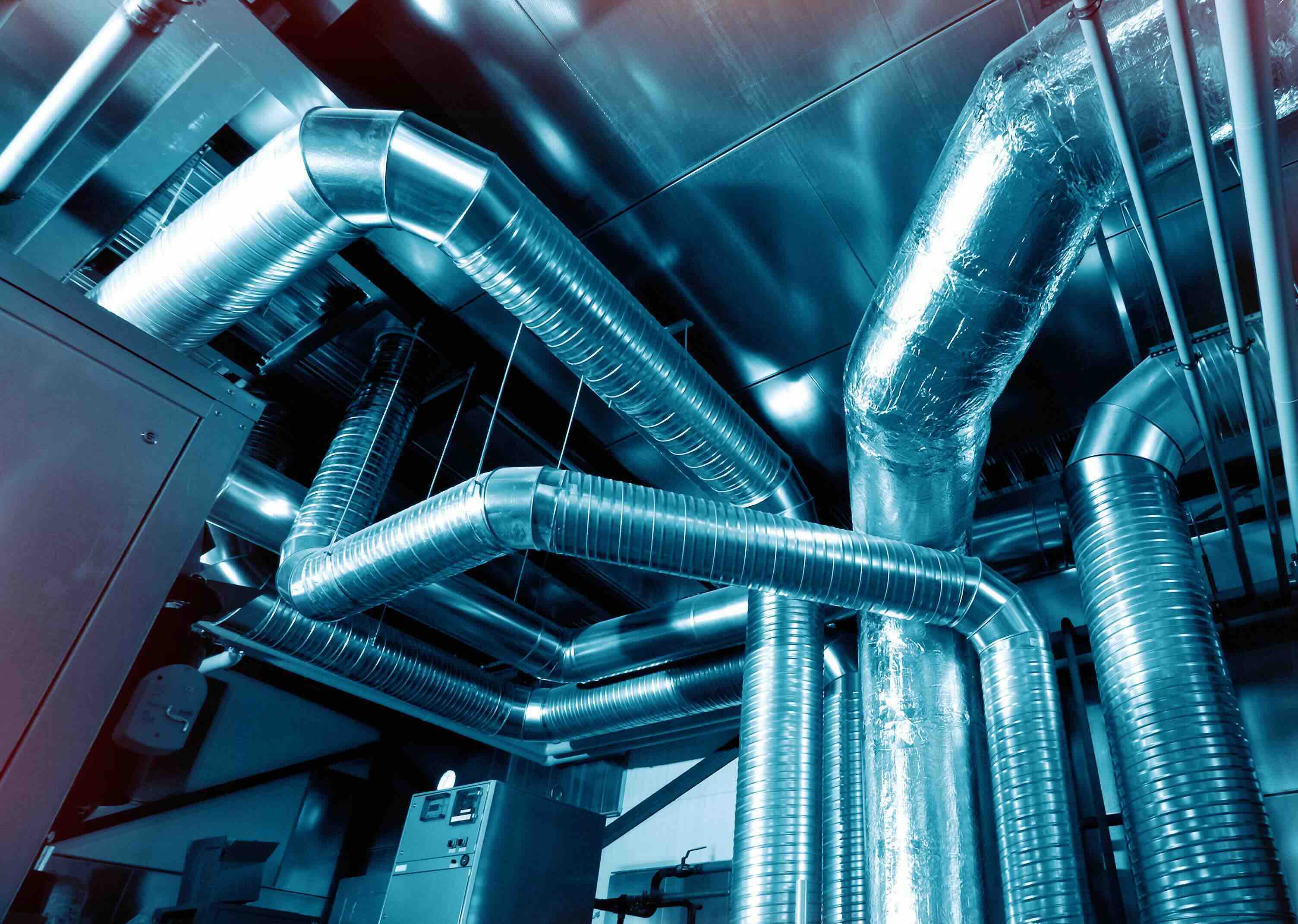

Home Maintenance
What Is The Purpose Of An Effective Ventilation System?
Modified: March 6, 2024
Learn how an effective ventilation system can improve your home maintenance. Discover the purpose of proper ventilation to prevent moisture damage and ensure indoor air quality.
(Many of the links in this article redirect to a specific reviewed product. Your purchase of these products through affiliate links helps to generate commission for Storables.com, at no extra cost. Learn more)
Introduction
When it comes to maintaining a healthy and comfortable home, there are several essential factors to consider. One of these is having an effective ventilation system in place. A ventilation system plays a crucial role in maintaining indoor air quality, removing contaminants and odors, controlling humidity levels, and preventing the growth of mold and mildew. Additionally, a well-designed ventilation system enhances the overall comfort and productivity of your home and can even lead to significant energy efficiency and cost savings.
In this article, we will explore the purpose of an effective ventilation system in more detail. We’ll discuss the importance of indoor air quality, the health benefits of proper ventilation, and how it helps to remove contaminants and control humidity levels. We’ll also touch upon the role of ventilation in preventing mold and mildew growth and how it enhances comfort and productivity. Lastly, we’ll highlight the energy efficiency and cost-saving aspects of an efficient ventilation system, as well as the compliance requirements with building codes and regulations.
So, if you’re ready to discover the true importance and benefits of having a well-designed ventilation system in your home, let’s dive right in!
Key Takeaways:
- Proper ventilation is crucial for maintaining a healthy home by removing pollutants, controlling humidity, and preventing mold growth. It also enhances comfort, productivity, and can lead to cost savings.
- An effective ventilation system not only improves indoor air quality but also contributes to energy efficiency and compliance with building codes. It plays a vital role in creating a safe and comfortable living environment for homeowners and their families.
Read more: What Is The Purpose Of A Lamp
Definition of an Effective Ventilation System
Before we delve into the various benefits of an effective ventilation system, it’s important to understand what exactly it entails. In simple terms, a ventilation system is a mechanism that circulates fresh air into a space while simultaneously removing stale air. It works by exchanging indoor air with outdoor air, promoting air movement and maintaining a continuous flow.
An effective ventilation system goes beyond merely circulating air; it ensures that the air being circulated is clean, free from pollutants, and meets certain quality standards. It achieves this through various components such as fans, ductwork, air filters, and vents strategically placed throughout the building.
The efficiency of a ventilation system is determined by several factors, including the rate at which it exchanges indoor and outdoor air, how effectively it filters out contaminants, and its overall ability to control humidity levels. A well-designed system takes into account the size and layout of the building, its occupancy, and the specific needs and requirements of the occupants.
There are different types of ventilation systems available, each suited for different purposes and environments. The three most common types are natural ventilation, mechanical ventilation, and a combination of the two.
Natural ventilation utilizes natural forces such as wind and thermal buoyancy to draw fresh air into the building and expel stale air. It typically involves the use of windows, vents, and other openings strategically placed to facilitate the flow of air.
Mechanical ventilation, on the other hand, relies on mechanical devices such as fans and blowers to circulate and exchange air. It can be further classified into different subtypes, including exhaust ventilation, supply ventilation, and balanced ventilation.
Exhaust ventilation systems remove stale air from the building, typically through specific exhaust points such as fans installed in kitchens and bathrooms. Supply ventilation systems, as the name suggests, supply fresh air into the building, usually through fans and ductwork. Balanced ventilation systems combine both exhaust and supply mechanisms, providing a balanced exchange of fresh and stale air.
Combination systems, as the name implies, combine elements of natural and mechanical ventilation to optimize air circulation and quality. They utilize both passive features and mechanical devices to achieve a desired airflow pattern.
Now that we have a clear understanding of what an effective ventilation system entails and the different types available, let’s explore why it is essential for maintaining a healthy indoor environment.
Importance of Indoor Air Quality
Indoor air quality (IAQ) refers to the quality of the air inside a building, particularly in relation to the health and comfort of its occupants. Poor indoor air quality can have detrimental effects on our health, leading to various respiratory problems, allergic reactions, and even long-term health issues. This is why maintaining good indoor air quality is paramount, and an effective ventilation system plays a crucial role in achieving this.
Indoor spaces can be a breeding ground for pollutants and contaminants, some of which are not visible to the naked eye. Common sources of indoor air pollutants include volatile organic compounds (VOCs) emitted from building materials, cleaning products, and furniture; allergens such as dust mites, pollen, and pet dander; and biological pollutants like mold, bacteria, and viruses.
An effective ventilation system helps to combat these pollutants by constantly circulating fresh air into the building and expelling stale air. It helps dilute and remove harmful particles and gases, ensuring a healthier indoor environment.
In addition to reducing the concentration of pollutants, proper ventilation also helps to regulate temperature and humidity levels. High humidity levels can create an ideal environment for mold and mildew growth, which not only leads to structural damage but also poses health risks. By controlling humidity levels, a ventilation system prevents the buildup of excess moisture and the growth of these unwanted organisms.
Furthermore, a well-ventilated space allows for the exchange of stagnant air with fresh outdoor air. This helps to remove odors, smoke, and other unpleasant smells, leaving the indoor environment more pleasant and inviting.
Overall, ensuring good indoor air quality through a well-designed ventilation system is essential for the health and well-being of the occupants. It reduces the risk of respiratory issues, allergies, and illness, creating a more comfortable and safe living environment.
Now that we understand the importance of indoor air quality, let’s explore how an effective ventilation system specifically contributes to our health and well-being.
Health Benefits of Proper Ventilation
Proper ventilation goes beyond maintaining good indoor air quality; it directly impacts our health and well-being in various ways. Let’s explore some of the key health benefits of having a well-designed ventilation system in your home.
- Reduces the risk of respiratory ailments: Adequate ventilation helps to remove harmful pollutants and allergens from the indoor air, reducing the risk of respiratory issues such as asthma, allergies, and respiratory infections. By constantly exchanging stale air with fresh outdoor air, a ventilation system ensures that occupants are breathing in clean and healthy air.
- Prevents the spread of airborne diseases: Proper ventilation plays a crucial role in minimizing the spread of airborne diseases and viruses. By increasing air circulation and diluting airborne contaminants, it reduces the chances of transmission within closed spaces. This is particularly important during flu seasons or during the outbreak of diseases such as COVID-19.
- Enhances cognitive function and productivity: Good air quality has been linked to improved cognitive function, focus, and productivity. Proper ventilation helps to supply the brain with an adequate amount of oxygen, promoting better concentration and mental clarity. It also reduces the chances of occupants experiencing symptoms such as headaches, dizziness, and fatigue, which can hinder productivity.
- Improves sleep quality: Having a well-ventilated bedroom can greatly improve the quality of your sleep. Fresh air circulation helps to regulate temperature and remove excess humidity, creating a comfortable sleeping environment. It can also reduce the risk of snoring and sleep apnea, leading to a more restful and rejuvenating sleep.
- Boosts overall well-being: Breathing in clean and fresh air provided by a proper ventilation system can have a positive impact on overall well-being. It can reduce feelings of stuffiness and discomfort, promote a sense of calmness, and contribute to a more positive and uplifting ambiance.
These health benefits clearly highlight the importance of proper ventilation in maintaining a healthy and thriving living environment. Next, we will discuss how an effective ventilation system helps in removing contaminants and preventing unpleasant odors.
Removing Contaminants and Odors
A key function of an effective ventilation system is to remove contaminants and odors from indoor spaces. Let’s explore how it accomplishes this and the benefits it brings.
Contaminants, such as volatile organic compounds (VOCs), smoke, and chemicals present in cleaning products, can accumulate in the air and have harmful effects on our health. An efficient ventilation system helps to remove these pollutants by constantly exchanging indoor air with fresh outdoor air. This process dilutes and eliminates the concentration of contaminants, ensuring a healthier breathing environment.
In addition to removing indoor air pollutants, a ventilation system also plays a significant role in combating unpleasant odors. Whether it’s cooking smells, pet odors, or tobacco smoke, a well-designed ventilation system helps to extract and expel these odors from the space. This not only enhances the overall air quality but also creates a more pleasant and inviting atmosphere.
By removing contaminants and odors, the ventilation system helps to improve the overall comfort and livability of the home. It ensures that the air you breathe is clean and fresh, creating a healthier and more enjoyable living environment.
Now that we understand how proper ventilation removes contaminants and odors, let’s explore how it helps to control humidity levels and prevent the growth of mold and mildew.
Read more: What Is The Purpose Of A Plenum Thermostat?
Controlling Humidity Levels
One of the critical functions of an effective ventilation system is to control humidity levels within a home. Proper humidity control offers several benefits, including improved comfort, health, and the prevention of mold and mildew growth.
Humidity refers to the amount of moisture present in the air. High humidity levels can lead to a range of issues, including discomfort, condensation on windows and surfaces, and the growth of mold and mildew. On the other hand, low humidity levels can cause dryness, skin irritation, and respiratory problems.
A ventilation system helps to regulate humidity levels by exchanging moist indoor air with drier outdoor air or by using dehumidifying mechanisms. By removing excess moisture from the air, it creates a more comfortable living environment and reduces the risk of mold and mildew growth.
Mold and mildew thrive in moist environments and can lead to various health issues, including allergies, respiratory problems, and skin irritation. By controlling humidity levels, a ventilation system helps to prevent the growth of these harmful organisms. It achieves this by constantly removing excess moisture from the air and promoting air circulation, making the environment less favorable for mold and mildew to develop.
In addition to preventing mold and mildew, proper humidity control provided by a ventilation system also helps to protect your home’s structure and furnishings. Excess moisture in the air can cause damage to drywall, wooden furniture, and other materials in the building. By maintaining optimal humidity levels, a ventilation system helps to preserve the integrity of your home and prolong the lifespan of your belongings.
Controlling humidity levels through an efficient ventilation system is essential for creating a healthy and comfortable indoor environment. By doing so, it helps to prevent the growth of mold and mildew, protects your home, and enhances overall well-being.
Now that we’ve explored the importance of controlling humidity levels, let’s discuss how proper ventilation contributes to the prevention of mold and mildew growth.
Tip: An effective ventilation system helps to remove indoor air pollutants, control humidity levels, and provide fresh air, creating a healthier and more comfortable indoor environment. Regular maintenance is key to ensuring it functions properly.
Preventing Mold and Mildew Growth
Mold and mildew are common problems that can occur in homes, especially in areas with high humidity levels or inadequate ventilation. These fungi not only cause unsightly stains and odors but also pose health risks to occupants. Thankfully, an effective ventilation system plays a crucial role in preventing the growth of mold and mildew. Let’s explore how it achieves this and the benefits it brings.
Mold and mildew thrive in damp and humid environments. They reproduce by releasing spores, which can become airborne and spread throughout the home, potentially causing respiratory issues, allergies, and other health problems. With proper ventilation, the moisture in the air is reduced, creating an environment that is less conducive to mold and mildew growth.
A well-designed ventilation system helps to control and reduce humidity levels within the home, particularly in areas prone to moisture buildup such as bathrooms, kitchens, basements, and laundry rooms. By effectively controlling the amount of moisture in the air, it inhibits the growth of mold and mildew by creating an environment that is inhospitable to these fungi.
Furthermore, a ventilation system promotes air circulation, which helps to prevent moisture from accumulating in stagnant areas. Stagnant air can create pockets of high humidity, providing a perfect breeding ground for mold and mildew. By continuously circulating air, a ventilation system disrupts these stagnant areas and helps to maintain even humidity levels throughout the space.
Preventing mold and mildew growth not only protects your home’s structure but also preserves the health and well-being of its occupants. Mold spores can trigger allergic reactions, respiratory issues, and other health problems, particularly in individuals with pre-existing conditions such as asthma or weakened immune systems.
By investing in a proper ventilation system, you can ensure that your home remains mold-free, creating a safe, healthy, and comfortable living environment for you and your family.
Now that we understand how ventilation helps prevent mold and mildew growth, let’s explore how it enhances comfort and productivity within the home.
Enhancing Comfort and Productivity
An effective ventilation system does more than just maintain good indoor air quality and prevent the growth of mold and mildew. It also plays a significant role in enhancing the overall comfort and productivity of your home. Let’s explore how proper ventilation contributes to a more pleasant living environment.
Comfort is a top priority for any homeowner. With a well-designed ventilation system in place, you can enjoy a more comfortable home throughout the year. Ventilation helps to regulate temperature and humidity levels, ensuring that the indoor environment remains pleasant and free from stuffiness. It eliminates excess heat and moisture, which can make a space feel uncomfortable, especially during hot and humid weather.
In addition to temperature and humidity control, ventilation also promotes airflow and reduces odors. This creates a fresh and inviting atmosphere, making your home more comfortable and welcoming for both occupants and guests.
Furthermore, a comfortable living environment has a direct impact on productivity. When we feel comfortable, we can focus better, think more clearly, and work efficiently. Adequate ventilation ensures that the air in your home is fresh and clean, which can enhance cognitive function and concentration levels. It reduces the likelihood of experiencing symptoms such as headaches, dizziness, and fatigue, which can hinder productivity.
A well-ventilated home also promotes better sleep quality, contributing to overall well-being and increased productivity. Good indoor air quality and comfortable sleeping conditions created by proper ventilation can improve the quality and duration of your sleep, leaving you feeling refreshed and energized for the day ahead.
By enhancing comfort and productivity, an effective ventilation system not only improves your living environment but also positively impacts your overall quality of life. It creates a space where you can relax, work, and thrive to your fullest potential.
Now that we understand how ventilation enhances comfort and productivity, let’s explore the energy efficiency and cost-saving aspects associated with an efficient ventilation system.
Energy Efficiency and Cost Savings
An efficient ventilation system not only improves indoor air quality and enhances comfort but also contributes to energy efficiency and cost savings. Let’s explore how proper ventilation can help reduce energy consumption and lower your utility bills.
One of the main ways a ventilation system improves energy efficiency is by promoting adequate airflow and reducing the reliance on mechanical cooling and heating systems. By continuously exchanging indoor air with fresh outdoor air, a properly designed ventilation system can help regulate temperature and reduce the need for excessive air conditioning or heating.
During warmer months, a well-ventilated home can benefit from natural cross ventilation, where cool outdoor air is drawn in, while warm air is expelled. This natural airflow can reduce the need for air conditioning, resulting in significant energy savings. In winter, a properly designed ventilation system can help prevent the buildup of stale air and excessive moisture, reducing the demand on heating systems.
In addition to reducing reliance on mechanical cooling and heating, proper ventilation can also enhance the performance of these systems. By ensuring good air circulation, a ventilation system helps distribute cooled or heated air more evenly throughout the home, maximizing the effectiveness of your HVAC system. This can result in energy savings and lower utility bills.
Furthermore, by removing excess humidity and controlling moisture levels, a ventilation system can help prevent condensation on windows, walls, and other surfaces. This reduces the likelihood of mold growth, which can lead to costly repairs and health issues. By preventing these issues, a ventilation system helps to maintain the integrity of your home and saves you from potential expenses down the line.
Overall, investing in an efficient ventilation system not only improves indoor air quality but also contributes to energy efficiency and cost savings. By reducing the reliance on mechanical cooling and heating, maximizing HVAC system performance, and preventing moisture-related damage, a well-designed ventilation system can help lower your energy bills and save you money in the long run.
Now that we’ve explored the energy efficiency and cost-saving benefits of proper ventilation, let’s briefly touch upon the compliance requirements with building codes and regulations.
Read more: What Is The Purpose Of A Toaster
Compliance with Building Codes and Regulations
When it comes to building or renovating a home, compliance with building codes and regulations is essential. These codes and regulations are put in place to ensure the safety and well-being of occupants and the overall integrity of the structure. Proper ventilation is a crucial aspect of building compliance, and it is important to understand and adhere to the relevant requirements.
In many jurisdictions, building codes specify the minimum ventilation standards that must be met. These standards may vary depending on factors such as the size of the space, occupancy, and the type of building. It is important to consult the local building authority or a professional to ensure that your ventilation system meets the specific code requirements.
Building codes may outline ventilation requirements for specific areas of the home, such as bathrooms, kitchens, laundries, and basements. They may dictate the minimum airflow rates, the types of ventilation systems permitted, and the methods for controlling humidity levels. It is crucial to follow these guidelines to ensure the safety, comfort, and health of the occupants.
Adhering to building codes and regulations not only ensures compliance but also provides peace of mind. A properly designed and installed ventilation system not only enhances indoor air quality and comfort but also contributes to the longevity and maintenance of the building itself.
In addition to local building codes, there may also be specific regulations and standards related to ventilation systems. These could include guidelines from organizations such as the American Society of Heating, Refrigerating and Air-Conditioning Engineers (ASHRAE) or the Building Services Research and Information Association (BSRIA). Staying informed about these regulations and standards can help you make informed decisions about your ventilation system’s design and installation.
Working with a qualified professional, such as an HVAC contractor or an engineer, can ensure that your ventilation system meets the necessary compliance requirements. They can help you assess your specific needs, recommend appropriate ventilation strategies, and guide you through the permitting and inspection processes.
By complying with building codes and regulations, you not only ensure the safety and well-being of your home’s occupants but also prevent potential legal and financial issues. It is always advisable to consult with local authorities and professionals to ensure that your ventilation system meets the required standards.
Now that we’ve explored the importance of compliance with building codes and regulations, let’s conclude our discussion.
Conclusion
An effective ventilation system plays a vital role in maintaining a healthy, comfortable, and safe home environment. By promoting good indoor air quality, removing contaminants and odors, controlling humidity levels, preventing mold and mildew growth, enhancing comfort and productivity, and contributing to energy efficiency and cost savings, proper ventilation provides a multitude of benefits for homeowners.
Understanding the purpose of an effective ventilation system is essential for homeowners who seek to create a living space that prioritizes the well-being of its occupants. The importance of indoor air quality cannot be overstated, as poor air quality can lead to various health issues and discomfort. By investing in a well-designed ventilation system, homeowners can mitigate the risks associated with indoor air pollution and improve the overall health and well-being of their family members.
Proper ventilation also addresses the need for removing contaminants, preventing the build-up of unpleasant odors, and controlling humidity levels. These factors not only contribute to a healthier and more comfortable indoor environment but also help in preserving the structural integrity of the home and its contents.
In addition, an efficiently designed ventilation system enhances comfort and productivity by regulating temperature and ensuring sufficient and clean airflow. By offering a more pleasant living environment that supports cognitive function, ventilation systems can positively impact the overall quality of life for homeowners and their families.
Furthermore, a well-designed ventilation system contributes to energy efficiency and cost savings. By reducing the reliance on mechanical cooling and heating systems, maximizing HVAC performance, and preventing moisture-related damage, homeowners can lower their energy bills and save money in the long run.
Finally, compliance with building codes and regulations ensures that ventilation systems meet the necessary safety standards and legal requirements. Consulting with professionals and local authorities can help homeowners navigate the complexities of building codes and regulations, ensuring the proper design, installation, and maintenance of their ventilation systems.
In conclusion, an effective ventilation system is an invaluable asset for any homeowner. It not only improves indoor air quality, removes contaminants and odors, controls humidity levels, enhances comfort and productivity, and promotes energy efficiency and cost savings but also ensures compliance with building codes and regulations. By investing in a well-designed ventilation system, homeowners can create a healthy, comfortable, and sustainable living environment for themselves and their loved ones.
Frequently Asked Questions about What Is The Purpose Of An Effective Ventilation System?
Was this page helpful?
At Storables.com, we guarantee accurate and reliable information. Our content, validated by Expert Board Contributors, is crafted following stringent Editorial Policies. We're committed to providing you with well-researched, expert-backed insights for all your informational needs.
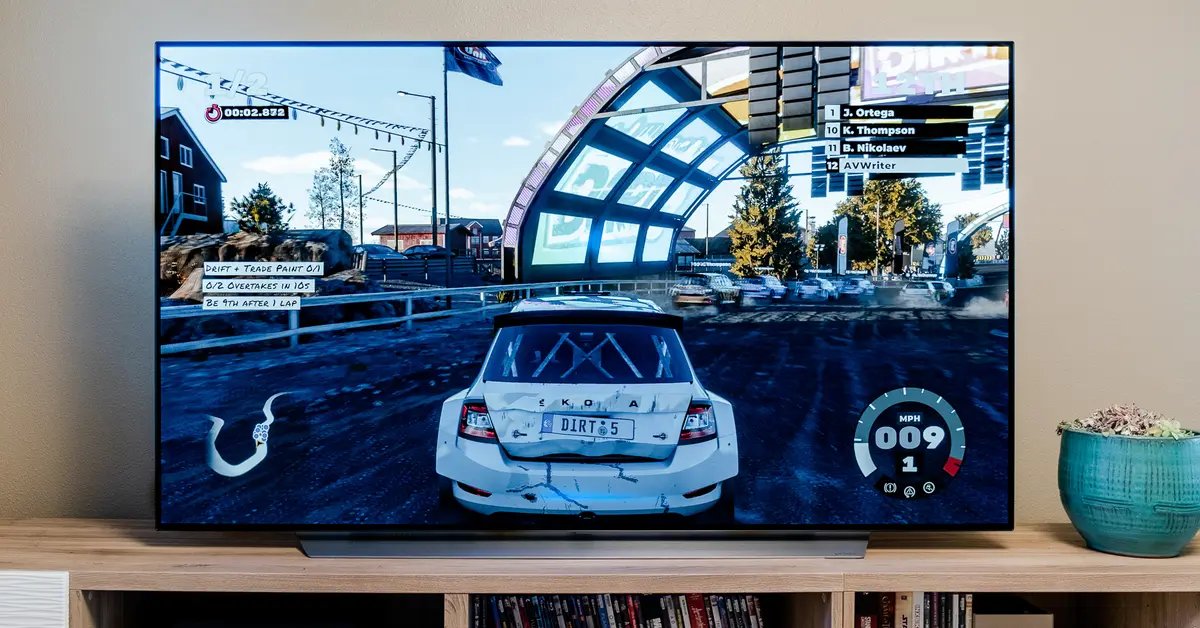

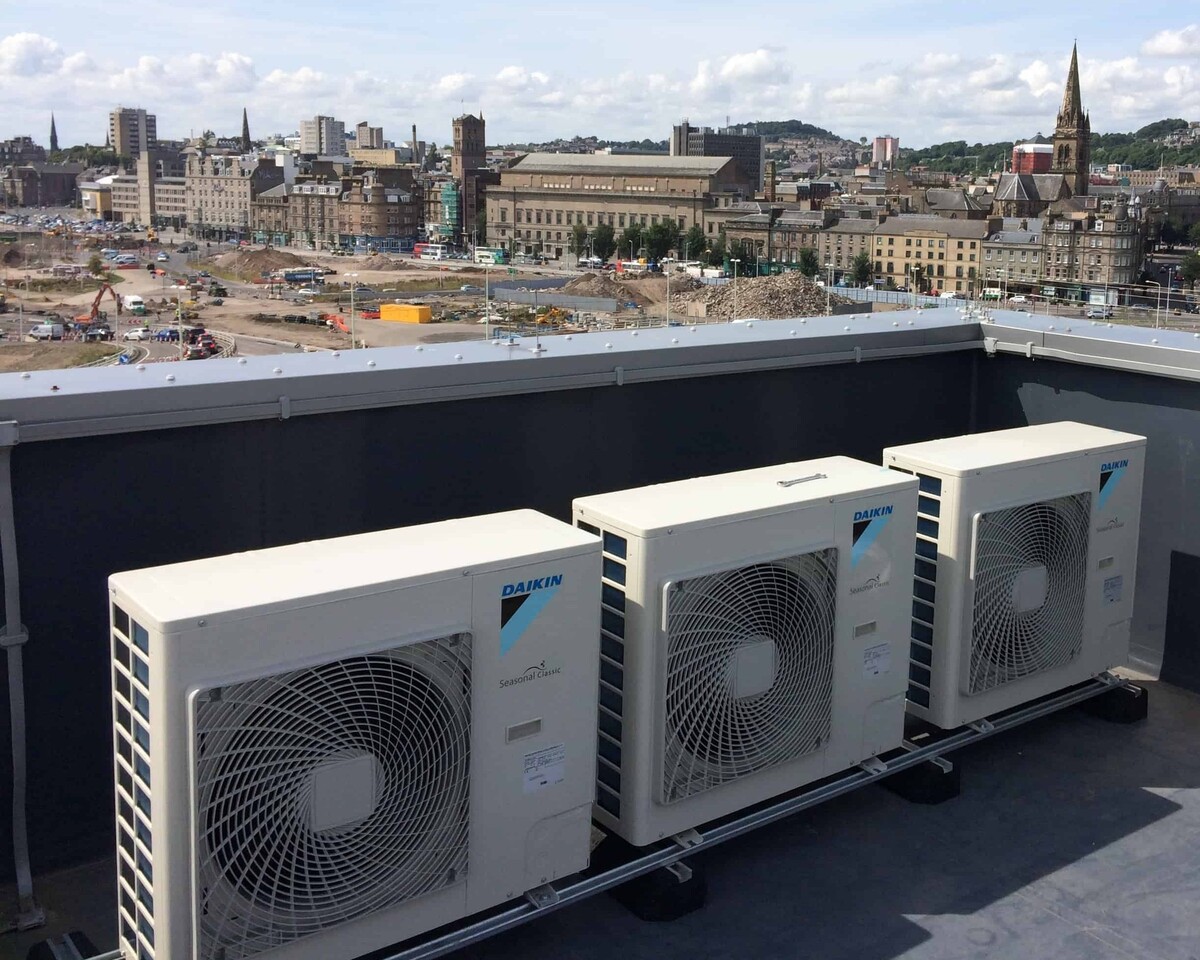

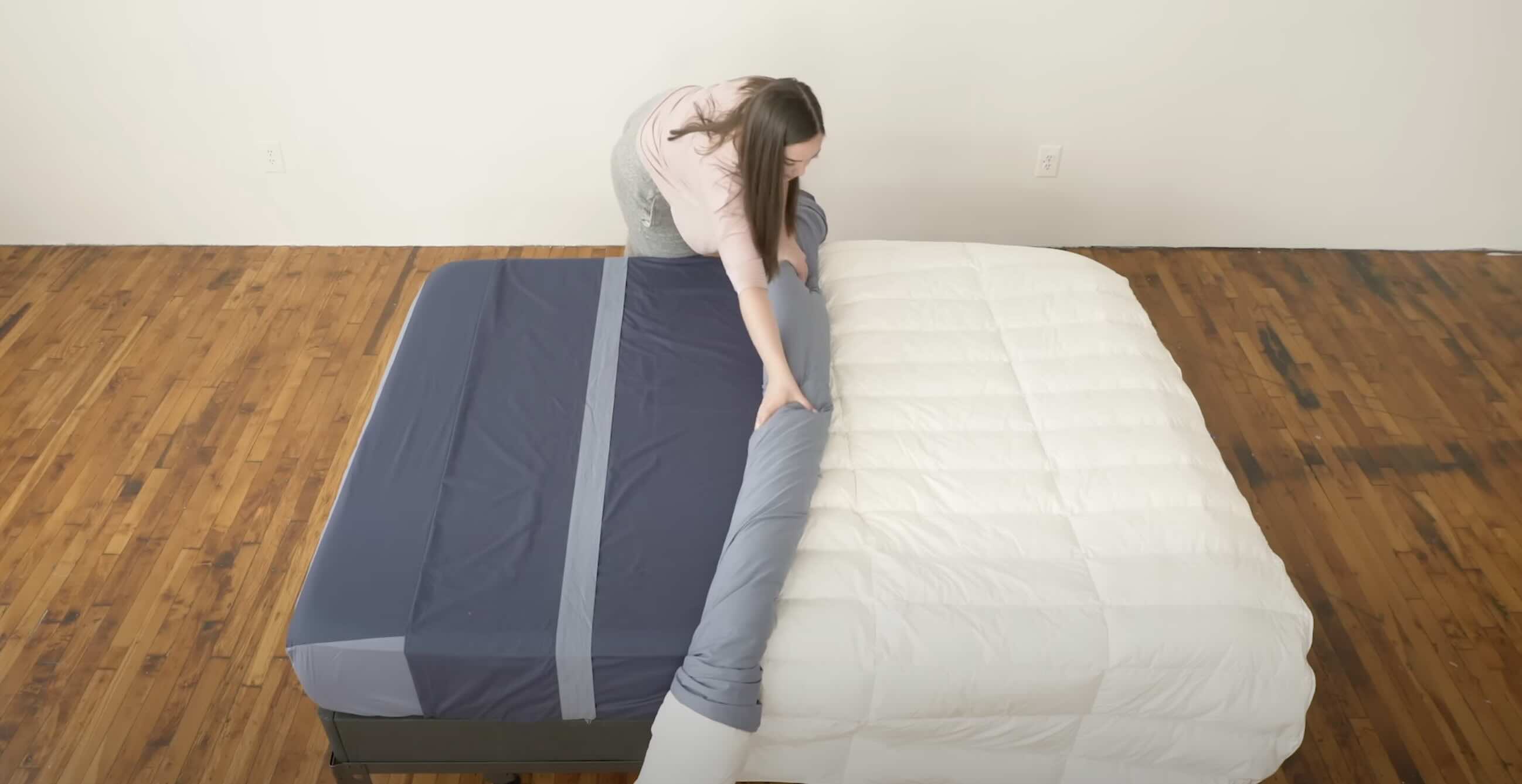

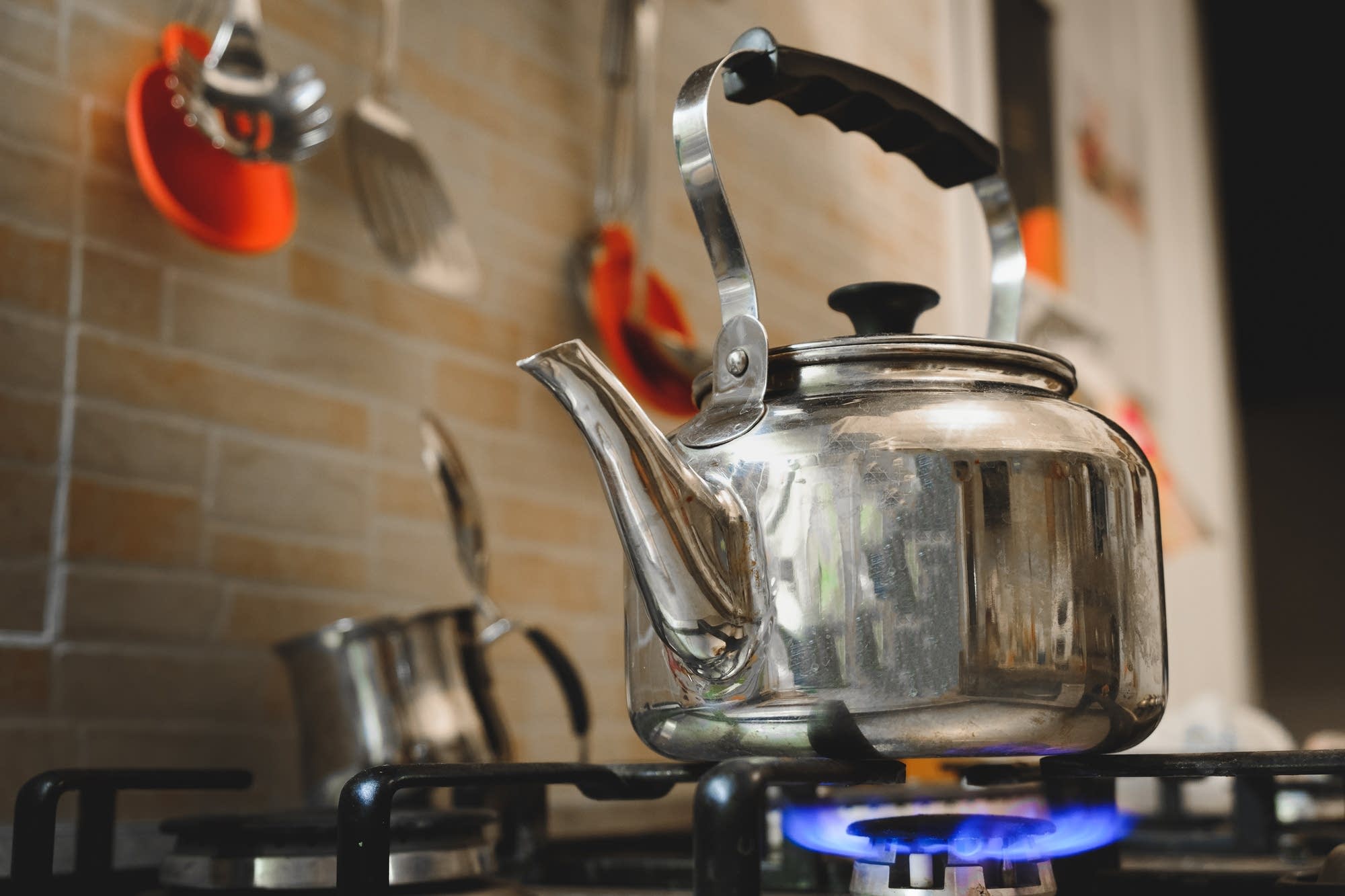

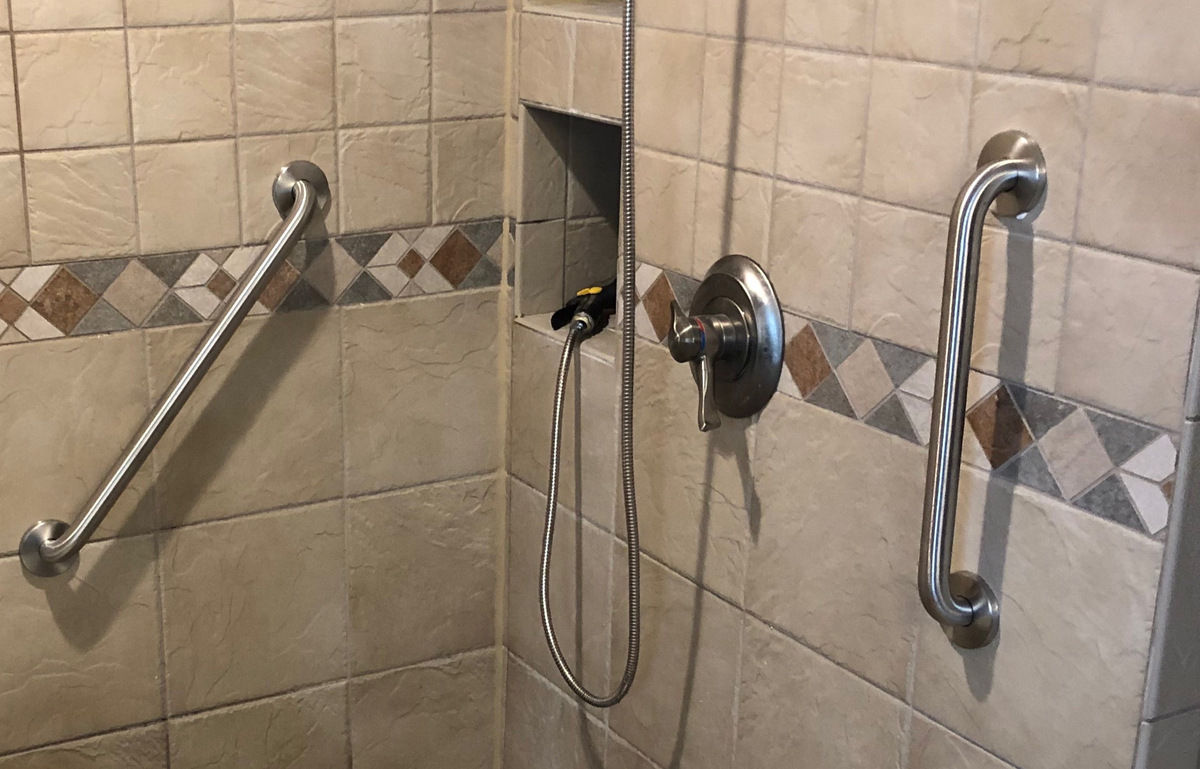
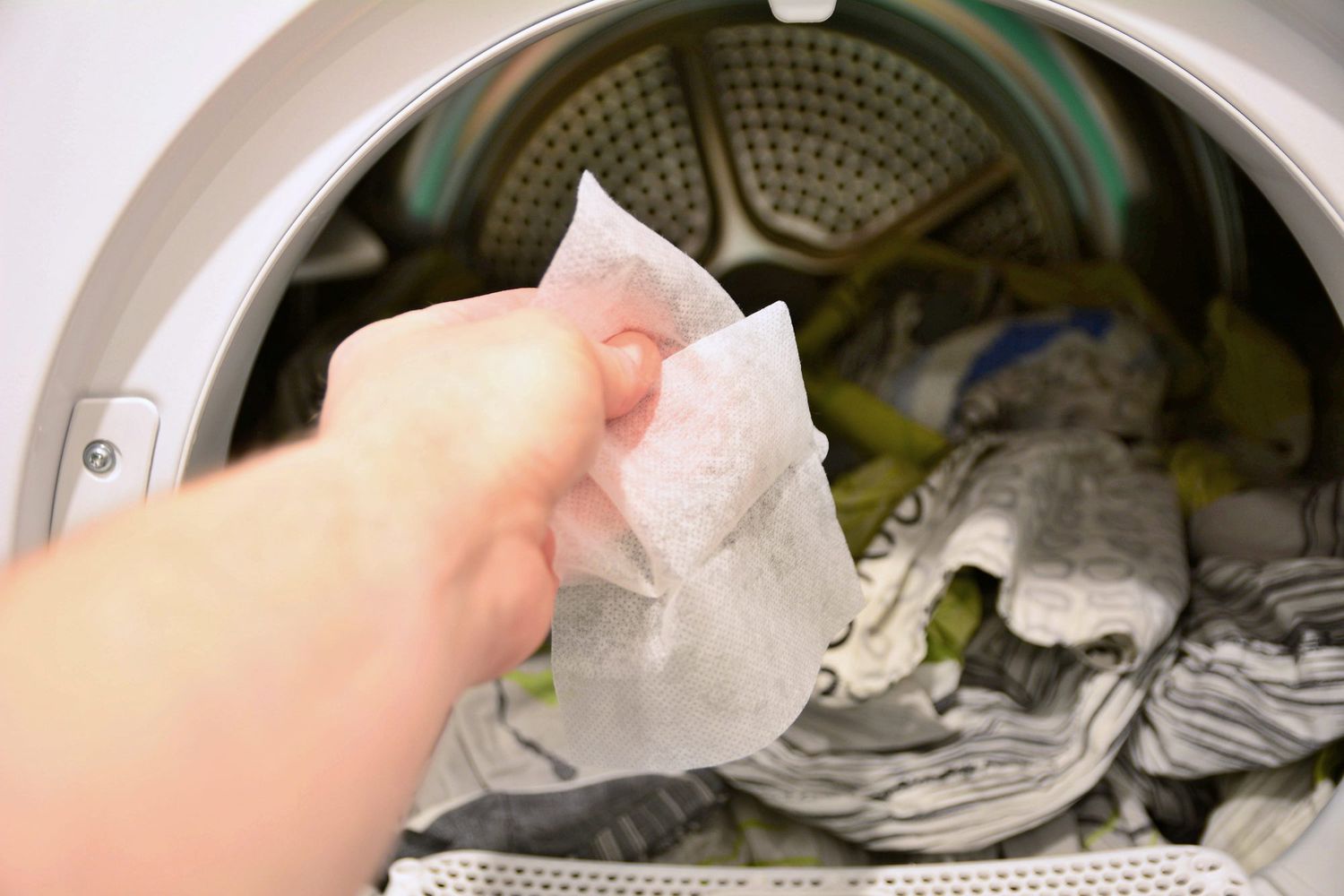

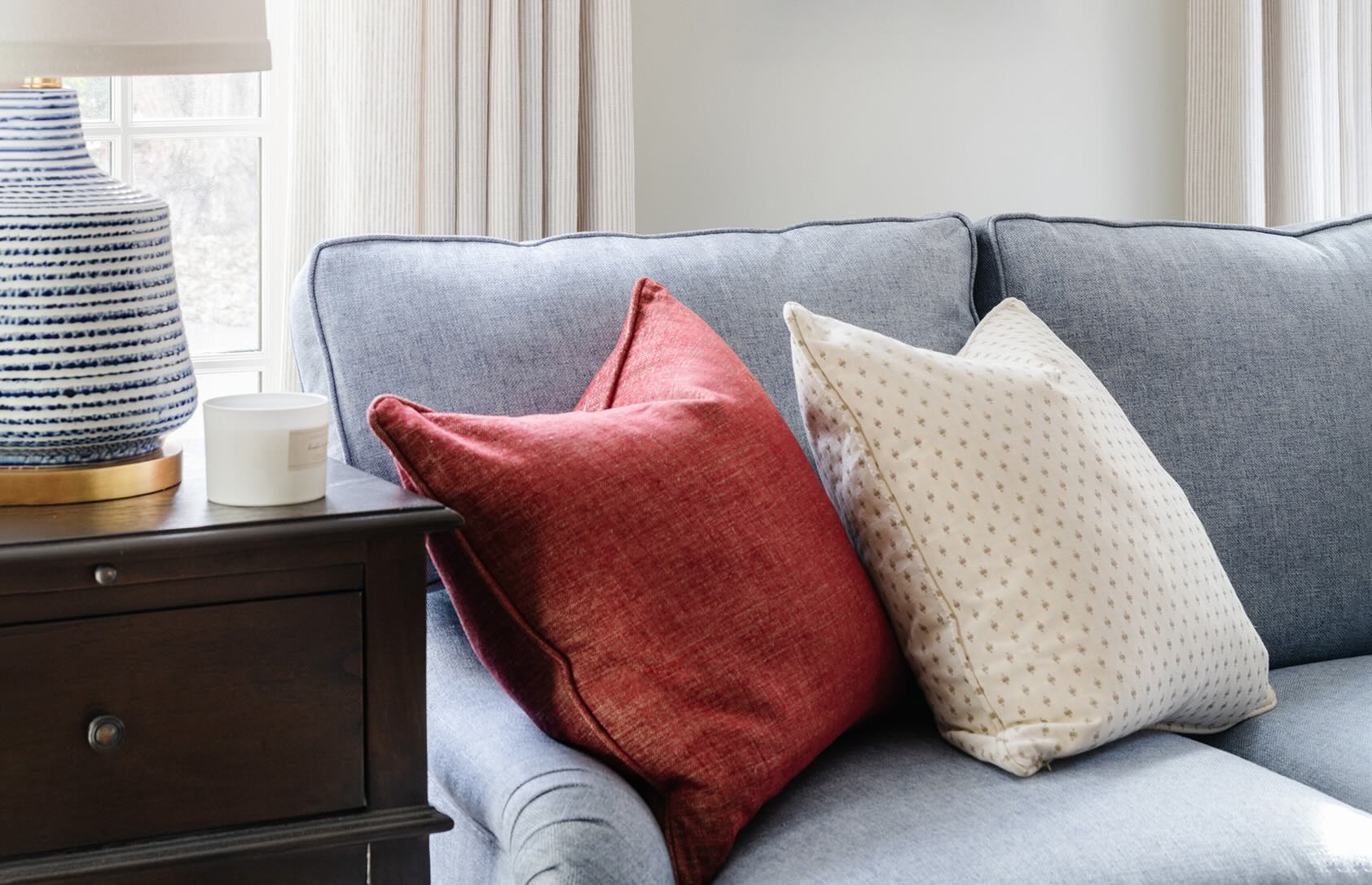


0 thoughts on “What Is The Purpose Of An Effective Ventilation System?”